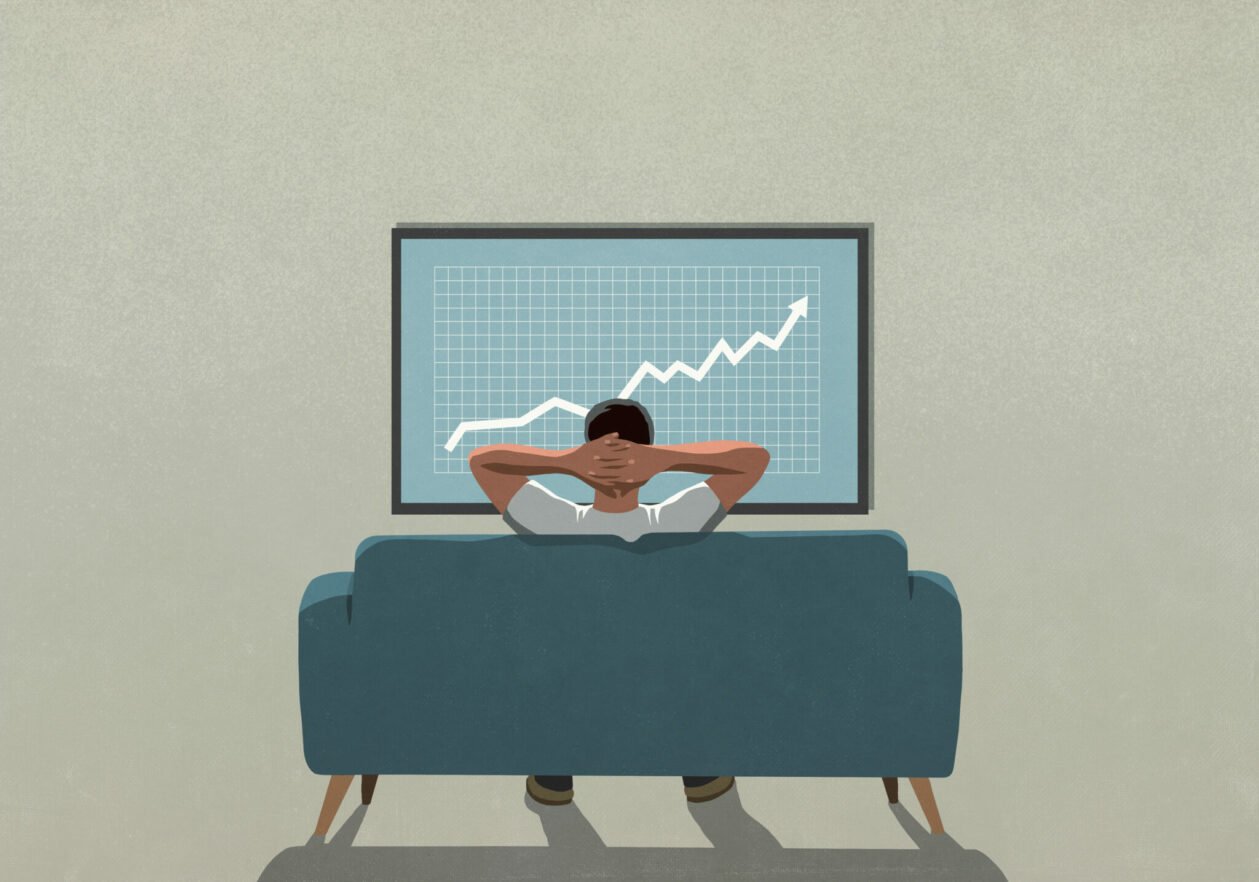When it comes to the economy and financial markets, we have been experiencing a rising tide that has lifted all boats. Economic growth has surged, as have prices of goods and services—that is, inflation—as well as assets of all kinds, including houses, commodities and financial assets. But this one-way steep uptrend is now at risk.
The rapid spread of the Delta COVID variant is interrupting the reopening of economies in developing countries. Meanwhile, the surge in spending related to reopening in China and the U.S.—the two biggest economies in the world by far—is now past its peak, fiscal stimulus is fading and the Fed is likely to begin withdrawing its massive monetary accommodation before year-end. What’s more, inflation has climbed in recent months to levels not seen in decades. All of this suggests that the steady uptrend in asset prices is now on shakier ground, with a decent probability of significant corrections before year-end.

The U.S. economy was bound to slow following the reopening surge (just as China’s did). The impact of the last—and biggest—COVID stimulus package has faded. Consumer spending has slowed following the fiscal-induced March and April jumps, and housing and manufacturing activity is also coming off its torrid pace. And while additional fiscal stimulus has been proposed, a divided Congress suggests not all of it will be legislated. More importantly, whatever is passed will fall far short of the economic impact of the massive COVID stimulus packages.
This is not to imply that U.S. economic growth will be weak in the second half of the year. Most forecasters project GDP growth in the rest of the year to exceed 5 percent, and that doesn’t seem unreasonable. The Fed has not yet taken its foot off the gas pedal, maintaining policy rates near zero and continuing to buy $120 billion worth of bonds per month. In addition, there is still a lot of pent-up demand on the part of consumers. Households accumulated a huge amount of wealth from rising house and equity prices and saved far more than they usually do during the pandemic.
Still, the data point that everyone has their eye on is the inflation rate, which came in much higher than expected in each of the last three months. Consumer prices in June were 5.4 percent higher than a year ago, while core prices—the focus of the Fed and considered a better measure of underlying inflation—increased 4.5 percent, amounting to the highest inflation figures in some 40 years.

Both policymakers and markets have been looking past these high inflation figures thus far, relegating them to a temporary surge associated with the reopening of the economy. There are sound reasons for that view. The surge has been concentrated in a narrow set of categories associated with the reopening of the economy that are expected to fade. Excluding cars, hotels and airfares, core inflation is running around 2 percent, right around the Fed’s target. Rising car prices reflect computer chip shortages and associated auto plant shutdowns that are occurring just as the reopening has increased the demand for cars. Car prices should come back down as these supply shortages get resolved. Meanwhile, the jump in hotel prices and airfares merely reflects an unwinding of the discounts that persisted during the pandemic. More broadly, inflation hasn’t been a problem for decades, and the structural factors accounting for that—international competition, automation and AI and retail buying using the internet—all remain in place.
But while there are good reasons to believe that high inflation is temporary, the issue is far from settled. Elevated global shipping costs, sharply rising input prices and supply bottlenecks (including labor shortages) suggest that high inflation will continue over the next several months. If inflation expectations beyond the next year or so begin to pick up and high inflation extends beyond a narrow set of categories, markets will begin to price in sooner and more pronounced Fed tightening. That in turn would likely mean higher bond yields and a good chance of a stock market correction.
Even if the surge in inflation proves to be temporary, bond yields seem unusually low given the current environment of strong economic growth and higher inflation. Ten-year Treasury yields peaked at around 1.75 percent at the end of March—before the surge in inflation—and are now below 1.3 percent. Some commentators have attributed the drop in bond yields to concerns about economic growth, but that does not jive with the performance of the stock market, which continues to hover near record highs. To some extent, the recent drop in yields probably reflects a preponderance of short positions that have been squeezed out. And there is no question that the continued accommodative stance of the Fed has produced an abundance of liquidity that has helped drive asset prices higher across the board. Indeed, banks are flush with deposits and have been buyers of duration.
The Fed has already effectively moved up its timeline for hiking rates and tapering its asset purchases. With high inflation and strong growth persisting for at least several more months, the Fed will probably announce a reduction in bond purchases before year-end. It would be surprising if bond yields are not higher by then.







